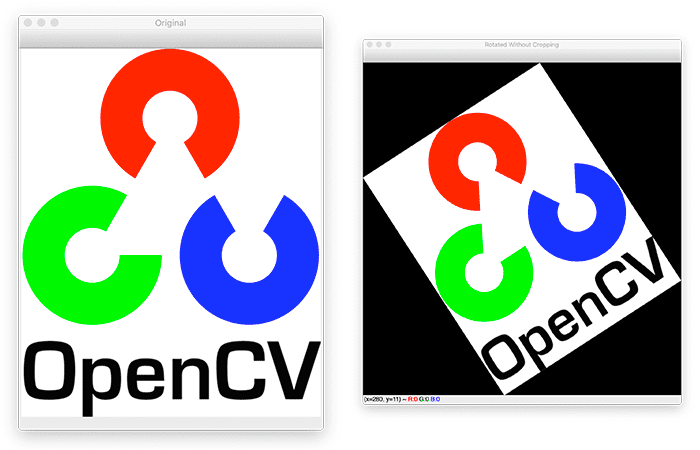In the vast realm of digital imagery, one fundamental tool stands out for its ability to transform, enhance, and even breathe new life into visuals: image rotation. While seemingly simple in concept, the act of rotating an image unveils a world of creative possibilities and technical intricacies. From the whimsical twists of surreal art to the precision of architectural photography, Image Rotation is a dynamic force that shapes our visual landscape.
A Brief History

The concept of image rotation traces its roots back to the earliest forms of visual representation. Before the digital age, artists and photographers experimented with rotating physical prints, negatives, or canvases to explore different perspectives and compositions. This manual approach laid the groundwork for the sophisticated digital tools we now have at our fingertips.
The Power of Perspective
At its core, image rotation is about altering perspective. By tilting, flipping, or spinning an image, we can change the viewer’s relationship to the subject matter, leading to fresh interpretations and emotional responses. A simple 90-degree rotation can turn a mundane scene into a captivating abstraction, while a subtle adjustment of angle can convey dynamism or stability.
Creative Expression
In the realm of digital art, image rotation serves as a catalyst for boundless creativity. Artists harness its potential to defy gravity, challenge spatial norms, and explore surreal realms. Through techniques like “rotational symmetry,” where elements repeat around a central axis, creators craft mesmerizing patterns and kaleidoscopic visions. Meanwhile, in the world of graphic design, strategic rotations add depth, movement, and visual interest to logos, posters, and advertisements.
Technical Considerations
Behind the scenes, image rotation involves sophisticated algorithms and mathematical transformations. Whether performed manually in software like Adobe Photoshop or automatically by digital cameras and smartphones, the process requires careful interpolation of pixels to maintain image quality and minimize distortion. Advanced techniques, such as content-aware rotation, analyze image content to preserve important features during rotation.
Practical Applications
Beyond art and design, image rotation plays a crucial role in fields ranging from engineering to medicine. In architecture and interior design, architects rotate renderings to explore different viewpoints and evaluate spatial relationships. Medical imaging techniques like MRI and CT scans rely on rotation to examine anatomical structures from multiple angles, aiding in diagnosis and treatment planning.
Challenges and Innovations
Despite its versatility, image rotation is not without its challenges. In panoramas and stitched images, misalignments and distortions can occur when rotating individual frames. Addressing these issues requires sophisticated algorithms for image registration and blending. Furthermore, in virtual reality and augmented reality applications, precise rotation is essential for maintaining immersion and preventing motion sickness.
Looking Ahead
As technology continues to evolve, the future of image rotation promises even greater innovation and accessibility. Advances in machine learning and computer vision are enabling automatic image orientation detection, simplifying workflows for photographers and designers. Meanwhile, developments in 3D imaging are pushing the boundaries of rotational freedom, allowing users to explore virtual environments from every angle.
Conclusion
In the ever-expanding universe of digital imagery, image rotation stands as a testament to the fusion of creativity and technology. From its humble origins in traditional art to its indispensable role in modern visualization, rotation unlocks new perspectives, ignites imagination, and invites us to see the world in a different light. As we continue to push the boundaries of what’s possible, one thing remains certain: the journey of image rotation is far from over.